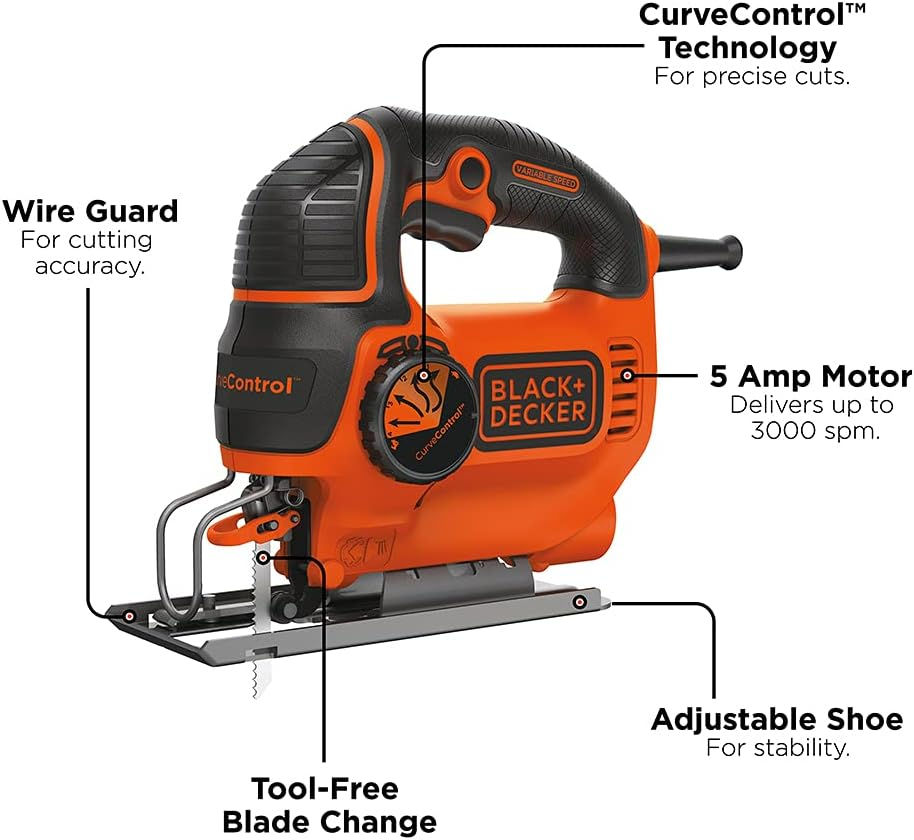Exploring Traditional Woodworking Joinery Techniques
- alexhansleyblog
- Aug 12, 2023
- 2 min read
Discover the art and craftsmanship of traditional joinery techniques with us! Read on to expand your knowledge.
Introduction
Woodworking joinery, the art of connecting and securing two pieces of wood together, is a fundamental aspect of carpentry that has been practiced and refined over centuries. Mastering these traditional techniques can enhance the quality and longevity of your creations, adding a touch of craftsmanship that sets them apart.

Dovetail Joint
The dovetail joint, characterized by its interlocking, wedge-shaped 'tails' and 'pins', is famed for its strength and aesthetic appeal. Ideal for box constructions and drawer fronts, dovetails distribute the load across multiple points, making them highly resistant to being pulled apart.
Mortise and Tenon Joint
The mortise and tenon joint, a mainstay in timber framing and furniture making, involves fitting a 'tenon' (projected end) on one piece of wood into a 'mortise' (hole) on the other. Gluing these elements enhances the joint's strength, making it ideal for structures that need to withstand substantial stress.
Box Joint
Box joints, or finger joints, feature a series of interlocking 'fingers' or 'pins' that provide a significant gluing surface, ensuring a robust joint. They are typically used in box or drawer construction where strength and visual interest are desired.

Dowel Joint
Dowel joints, involving the use of cylindrical 'dowels' to connect two pieces of wood, are relatively easy to create and provide decent strength. They are commonly used in cabinet making and to join flat surfaces together, such as tabletops.
Biscuit Joint
Biscuit joints use oval-shaped 'biscuits' of compressed wood, inserted into matching slots cut into the wood pieces. When glue is applied, the biscuit expands, creating a tight, strong bond. This technique is popular in panel alignment and edge-to-edge joins.
Lap Joint
In lap joints, material is removed from each piece to allow them to overlap. This joint is easy to make and offers good strength, making it suitable for frame construction. Variations include cross laps, end laps, and middle laps, each with unique applications.

Learning and Mastering Joinery
Mastering traditional woodworking joinery requires patience, practice, and a deep understanding of wood properties. Begin by selecting a joint type that suits your project needs and skill level, practice it repeatedly, and gradually incorporate more complex techniques into your repertoire.
Joining a woodworking class, watching instructional videos, or reading up on the subject can be beneficial. Remember, the journey to mastering joinery is as rewarding as the end result.
Conclusion
Exploring traditional joinery techniques not only equips you with vital woodworking skills, but also deepens your appreciation for the craftsmanship and the time-honored traditions of the carpentry world.

















Comments